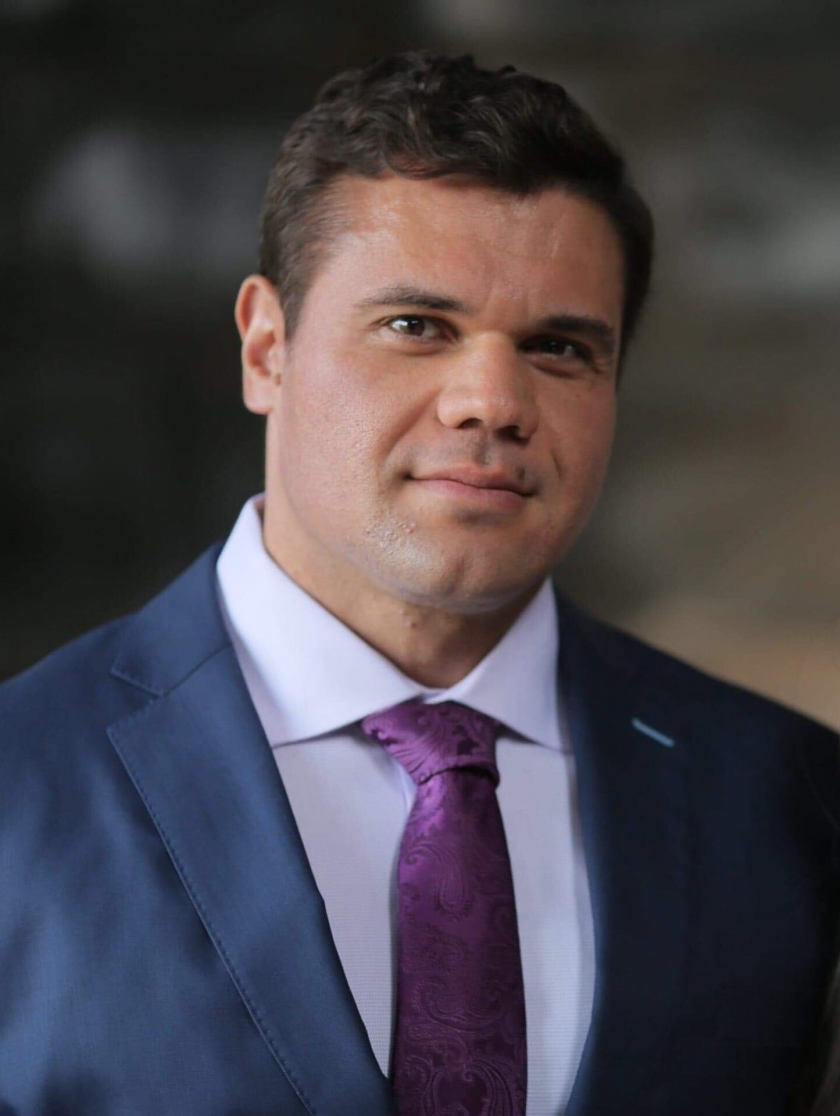Bio
Constantine Sideris is an Assistant Professor and the Andrew and Erna Viterbi Early Career Chair at the Department of Electrical and Computer Engineering, University of Southern California. He received the B.S., M.S., and Ph.D. degrees with honors from the California Institute of Technology in 2010, 2011, and 2017 respectively. He was a visiting scholar at UC Berkeley’s Wireless Research Center (2013-2014) and a postdoctoral scholar in the Department of Computing and Mathematical Sciences at Caltech (2017-2018), working on integral equation methods for electromagnetics. Constantine’s research interests include analog/RF integrated circuits, photonic integrated circuits, and computational electromagnetics for biomedical and biosensing applications and wireless communications. He is the recipient of an ONR YIP award (2023), an NSF CAREER award (2021), an AFOSR YIP award (2020), an AFOSR DURIP award (2021), the Caltech Leadership Award (2017), and an NSF graduate research fellowship (2010). Constantine’s research is highly interdisciplinary and bridges the fields of bioengineering, medicine, applied mathematics and computation with electrical engineering and physics. His current interests in biomedical devices include portable Point-of-Care in-vitro biosensors, wearable devices for real-time monitoring and analysis of biological signals, ingestible “smart” pills, and implantable devices. His current interests in computational electromagnetics include developing fast algorithms for simulating RF and nanophotonic devices and coupling them with efficient optimization algorithms to achieve the automated design of new, high-performance electromagnetic devices.
Abstract
Biomedical device technology has been rapidly advancing over the past decade and is poised to revolutionize healthcare as we see it today. CMOS integrated circuits have been a major enabling factor towards the success of modern biomedical devices due to supporting high levels of integration, capability for high sensitivity detection, and being mass producible at a low price point. In this talk, I will show how manipulation and sensing of magnetic fields using CMOS technology can be used to enable Point-of-Care biomolecular sensors, position tracking of implantable and ingestible devices, and miniaturized Electron Paramagnetic Resonance (EPR) spectrometers. I will begin by presenting a Point-of-Care magnetic biosensor array designed in 65nm CMOS and capable of performing wash-free immunodetection, as well as single-site multiplexed detection of biomolecular targets. The sensor consists of a 2×2 magnetic spectrometer array which leverages a concurrent dual-frequency transformer-based oscillator. Next, I will discuss a new magnetic localization scheme developed in my group based on frequency-division multiplexing for capsule endoscopy applications. The approach significantly reduces the reference excitation coil sizes and decreases the required excitation current by three orders of magnitude compared to prior work, making it practical for wearable systems. To the best of our knowledge, the new scheme achieves the best experimentally demonstrated tracking accuracy in both 2D and 3D localization experiments, achieving a sub-mm mean absolute position error and consuming only 336μW while running at 100% duty cycle and packaged in an ingestible pill form factor. Finally, I will conclude the talk by presenting our latest work on realizing the first fully integrated pulse-mode EPR spectrometer on a chip. The chip leverages a subharmonic direct-conversion-based receiver architecture and has two on-chip sensing cells, supporting both continuous-wave (CW) and pulse-mode detection at 14GHz. I will present pulse and CW-mode EPR measurements, as well as the very first two-pulse experiment done on a chip. Time permitting, I will touch on our recent work in computational electromagnetics for fast modeling and inverse design of nanophotonics and radio-frequency electromagnetic devices.


